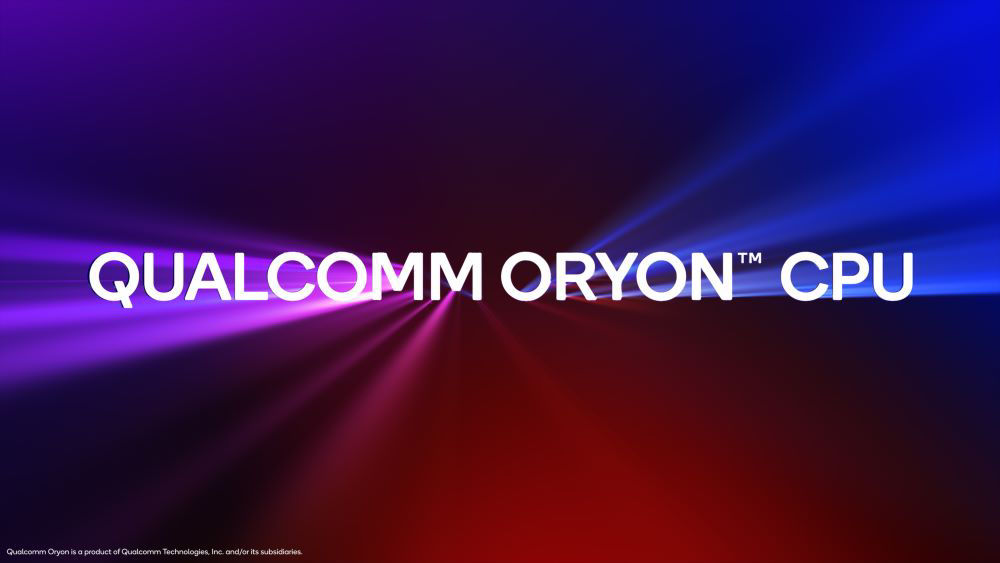As we approach the end of the Snapdragon 8 Gen 2’s life cycle, rumors about its successor, the Snapdragon 8 Gen 3, are already emerging. While the Snapdragon 8+ Gen 1 has proven that obsolescence doesn’t necessarily mean the end of the line, we can expect Qualcomm to unveil the new chipset at its annual Snapdragon Summit event in November or December.
According to rumors, the Snapdragon 8 Gen 3 will not feature a shift to 3nm manufacturing, but will instead continue to use TSMC’s 4nm node. The chipset is not expected to bring many changes, but the real improvements will come with the Snapdragon 8 Gen 4.
The 1 + 4 + 3 arrangement is reportedly going to be repeated by the Snapdragon 8 Gen 3. It is expected to include the new Cortex-X4 and A7xx and A5xx series cores from ARM. Additionally, it is anticipated that the appearance of the Snapdragon 8 Gen 3 for Galaxy in overclocked ‘Plus’ variant. Up until the release of its new flagship chipset, Samsung will continue its collaboration with Qualcomm.
The Snapdragon 8 Gen 4 may make its major debut at the end of 2024, after which things will continue as usual. According to a recent rumour, the chipset will swap out the ARM cores for a brand-new proprietary Oryon core design.
In 2021, Qualcomm purchased a startup called Nuvia, which designed the Oryon cores for around $1.5 billion. While the initial reports suggested this move was intended to counter Apple’s M-series chips, it seems there is much more to it than that. According to the tipster Revegnus, the Snapdragon 8 Gen 4 will feature new cores.
The tipster has provided specifications and benchmark test results comparing both the Snapdragon 8 Gen 3 and the Snapdragon 8 Gen 4. It seems that the tipster is an insider of sorts. According to the tipster, the Snapdragon 8 Gen 4 will utilize TSMC’s N3E, which is the second-generation 4nm node. These new chips will replace ARM and offer a 40% improvement in multi-core performance.
According to the tipster, the Snapdragon 8 Gen 3 can complete the Geekbench 5 multi-core test with a result of 6,500. The SD8 Gen 4 outperforms the M2 by 40%, scoring above the 9,000-point threshold. You could argue that such a comparison is useless. Yet again, the M2 is a computational processor that performs flawlessly. Just consider what a smartphone could do that would be better than this achievement. The Snapdragon 8 Gen 4 could be found in a number of high-end devices.
According to Revegnus, the SD 8 Gen 4 will have an octa-core processor with two Nuvia Phoenix (Oryon) performance cores and six Nuvia Phoenix M efficiency cores. Qualcomm may or may not keep these identities. Even with ARM, the chipmaker attempts to stand out from the competition by giving its cores unique names (Kyro Silver, Kyro Gold).








